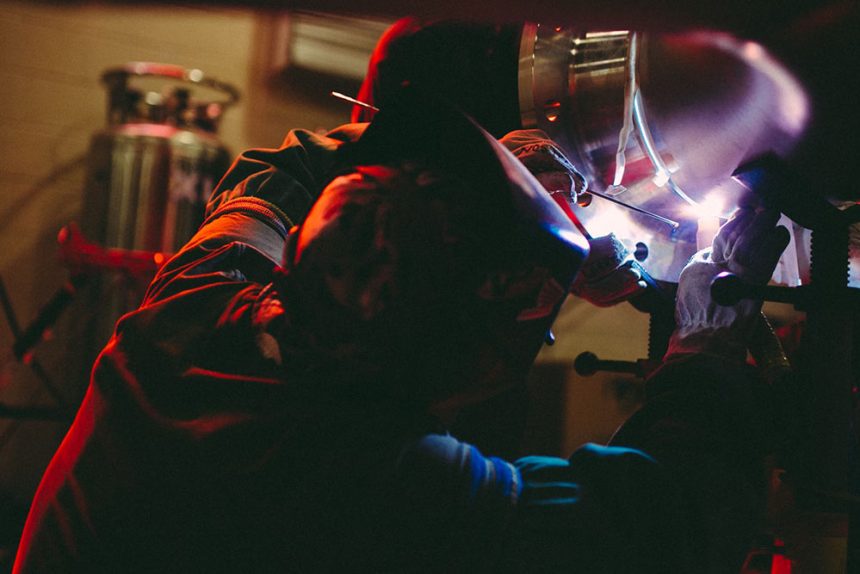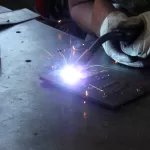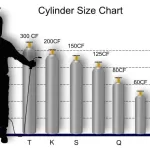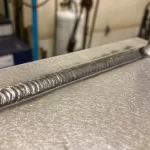Stick welding, also known as “Arc Welding” or SMAW, is very common among first time welders. Unlike MIG and TIG welding, no shielding gas is needed. This makes it relatively inexpensive to get into and makes it easy to weld in any environment. Whether you’re just learning how to stick weld or you’ve been welding for years, keep these five stick welding tips in mind next time you strike an arc.
Stick Welding Technique
Welding Town
Step 1: Machine Setup
Make sure your machine is set properly. DIfferent stick welding electrodes are made to weld with different settings. The electrode you’re using, will determine whether you use a DC Positive (DCEP), DC Negative (DCEN), or AC (Alternating Current). Some machines only have the ability to weld in one or two of these modes, so make sure you choose a stick rod that is compatible with your machine.
Each current type will give you different arc characteristics and should be used for different purposes. DC+ is good when you are welding thicker materials, because it gives more penetration than DC- and AC. DC- and AC, inversely, are good when welding thin material due to less penetration at the same amperage.
Now that your machine’s current is set, it’s time to set the machine’s amperage. A good starting point is 1 amp / .001 inches of electrode diameter. This is ONLY a starting point, however, it should get you in the ballpark. You can adjust the amperage up or down based upon your desired arc characteristics from there.
Step 2: Arc Length is Key
In stick welding few things are more important than arc length. Arc length is the distance between the electrode and the workpiece. Stick welding is what is known as a “Constant Current” welding process. That means, like all CC weld processes, your arc length controls your welding voltage. When you learn to stick weld, it is absolutely essential to learn to maintain a steady arc length. A good rule of thumb is to keep your arc length the same as the diameter of your electrode. If you find that your electrode is getting stuck to the workpiece, your arc length is too short. If you’re getting excessive spatter or undercut, your arc length is likely too long.
Step 3: If there’s Slag, you Drag
If you’ve ever had a welding lesson, you may have heard stick welding tips like, “If there’s slag, you drag”. This refers to your travel direction and electrode angle. Generally speaking, a 10 to 15 degree drag (or pull) angle when stick welding will yield the best results. This isn’t the case in some applications, like vertical, but that is a more advanced lesson for a future article.
Step 4: Manipulating the Electrode
Some welders prefer to run a steady line, while others prefer a “whip and pause” motion. Welding is an art, and it is up to you to experiment with different methods and decide what works best for you. If there is a gap in what you are trying to weld, you might want to try a slight weave.
Step 5: Travel Speed
Lastly, but certainly not least is travel speed. If you have implemented all of these welding techniques and are still getting ugly, ineffective welds; take a look at your travel speed. Travel speed determines how much metal is deposited onto the workpiece as well as how much heat is dumped into it (along with amperage). Once you strike the arc, attempt to keep your arc on the leading edge of the puddle without outrunning it. This should give you a desirable travel speed in most applications. If you’re noticing your welds to be thin and ropey your travel speed is too fast. If you notice your welds are wide and flat, you’re likely traveling too slow.
So there you have it, five essential steps to get quality stick welds. Implement these stick welding techniques and you are well on your way to becoming a stick welding master.












